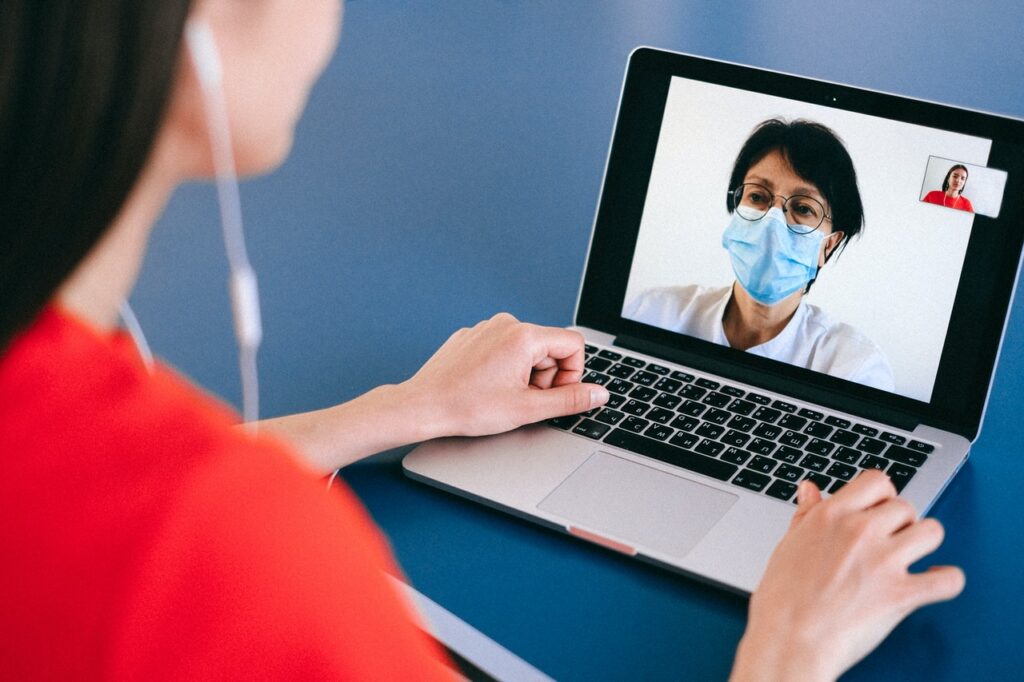Telemedicine, like any technological advancement, is susceptible to skepticism and misconceptions. This is why we believe in the importance of debunking myths that surround a medical innovation such as this one. Read on as we differentiate fact from fiction in debunking these nine misconceptions about telemedicine.
1. Diagnosis Necessitates a Physical Examination
This is the number one concern of patients. A physical exam may seem important to identify and treat a condition, but this is not always the case. People who are unable to see a professional in person can benefit from telemedicine. A professional can usually diagnose you based on your medical history and symptoms.
2. Telemedicine is Expensive
Think twice about spending your life savings. Telemedicine saves money since it eliminates travel costs and waiting room time.
Chronic illnesses necessitate monthly or weekly doctor visits. Seeing a specialist can cost hundreds, if not thousands, of dollars, especially if you do not have health insurance.
Telemedicine lowers travel costs and saves time. Just pay the service fee. Telemedicine saves parents money because they do not have to pay for additional child care if their appointment is delayed.
3. Patient Information Is Not Secure
Your fears about the security of your sensitive information are understandable. Telemedicine, like any doctor’s office, employs HIPAA-compliant technologies rather than Skype or FaceTime. Thus, trust is employed in all telemedicine methods.
4. A Telemedicine Doctor Is Not Real
Because of the aforementioned myth, many people are concerned that their video chat doctor will not deliver an accurate diagnosis. Nope. Any physician who uses telemedicine can diagnose and treat patients. They follow up to verify that you are satisfied with the service. They may also send you heart rate monitors to ensure that your medical condition is being treated effectively. You are secure.
5. Telemedicine Is Only for Patients Who Can’t Go to a Hospital
False. Anyone can access telemedicine. Telehealth is convenient for people who cannot travel to a clinic, but it has many other benefits as well. Telemedicine gives care to anyone who wants it around the clock. You wouldn’t have to wait until the next morning to see the walk-in clinic for your chronic cough, nor would you have to fill your prescription until you got home.
6. Patients Can’t Choose Their Telemedicine Doctor
You have the right to govern your health information and sensitive data. The majority of websites feature detailed doctor profiles. This means that there are various board-certified doctors to pick from.
7. A Telemedicine Doctor Can’t Provide Medication
Your doctor can prescribe the medication if it is medically required (provided it is legal where you live). Indeed, they have the authority to prescribe as needed.
8. Telemedicine Is Not Covered by Insurance
Depending on where you live, your insurance may cover telemedicine. Because telemedicine is becoming as common as in-person medical visits, health professionals are enabling access to care.
9. Patients Need a Physical in Order to Receive Quality Care
Without performing a physical exam, a doctor can make a diagnosis. It is useless and has no bearing on clinic treatment quality. Doctors specialize in delivering a concise diagnosis and correct advice following a phone or video chat discussion.
Conclusion
Safe, convenient, and private, telemedicine is the modern way of conducting medical check-ups. In as simple as one Skype or Zoom session, you can learn to live life more healthily simply by consulting with a professional doctor online. Try it for yourself today and see the difference!
Are you looking for telepsychiatric services in New Hampshire? Amodeus Healthcare is here to help you achieve a quality life through professional medical services and staff. Get in touch with us today!
